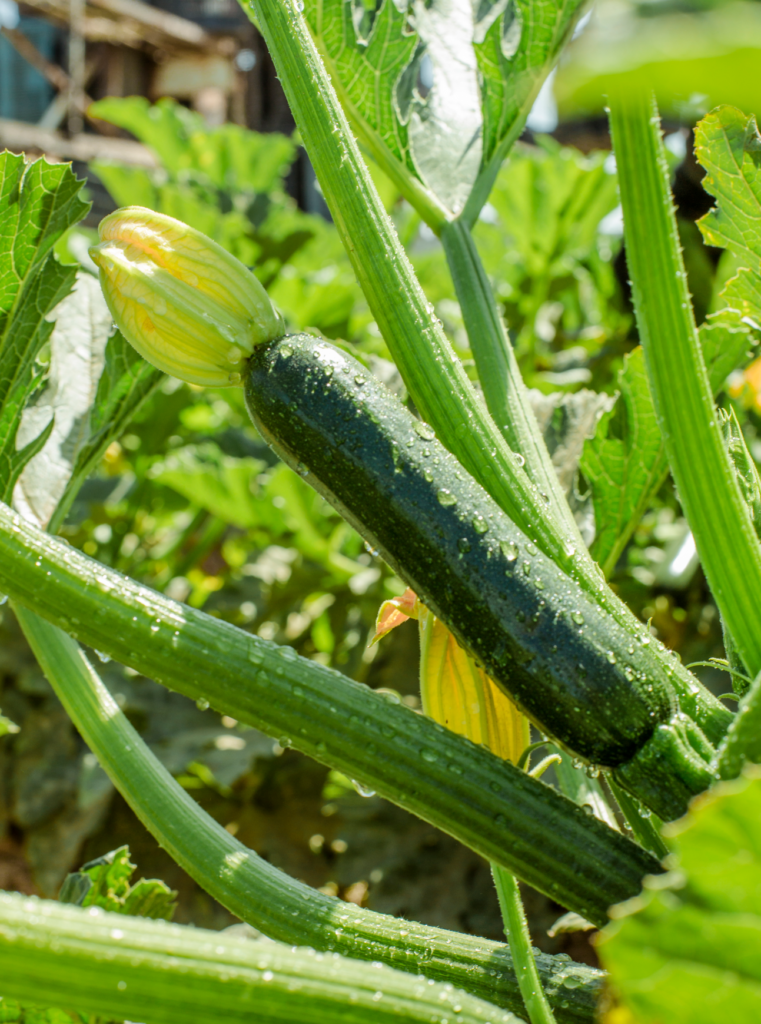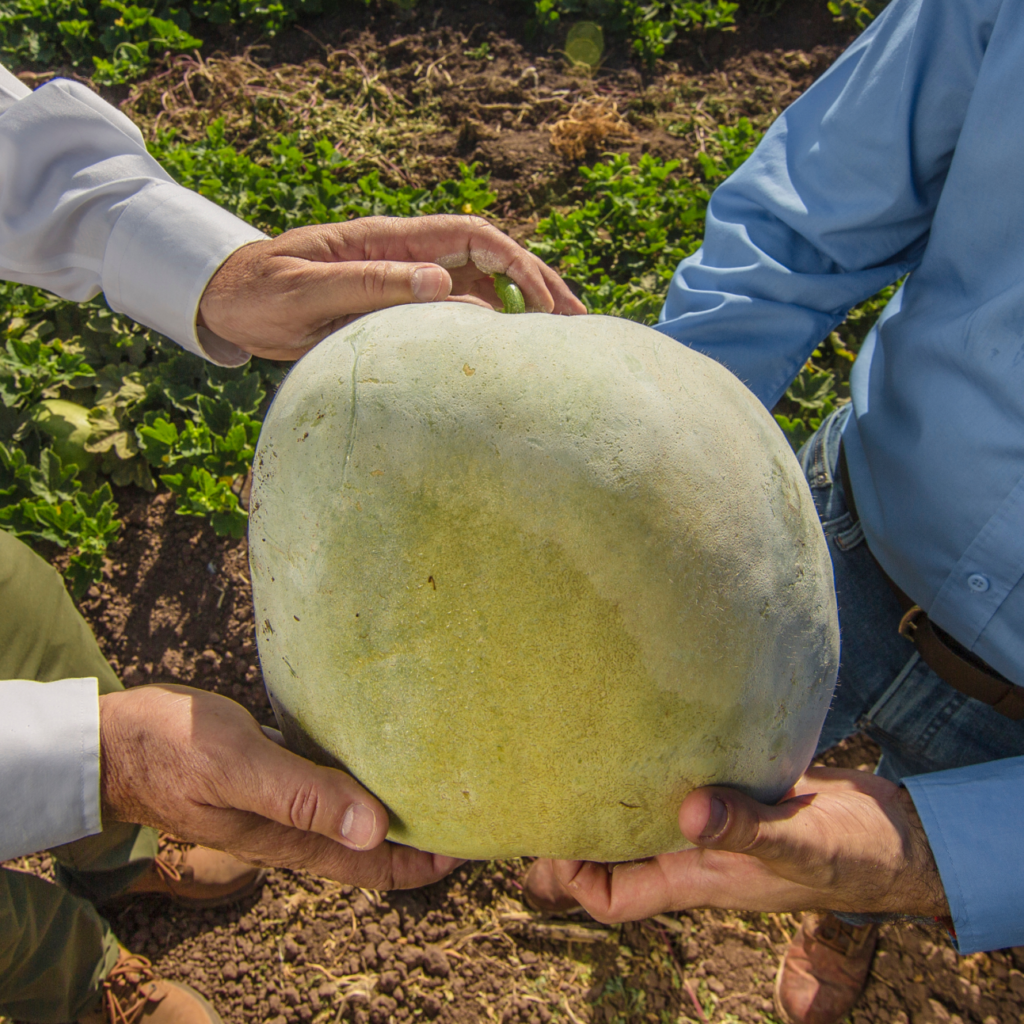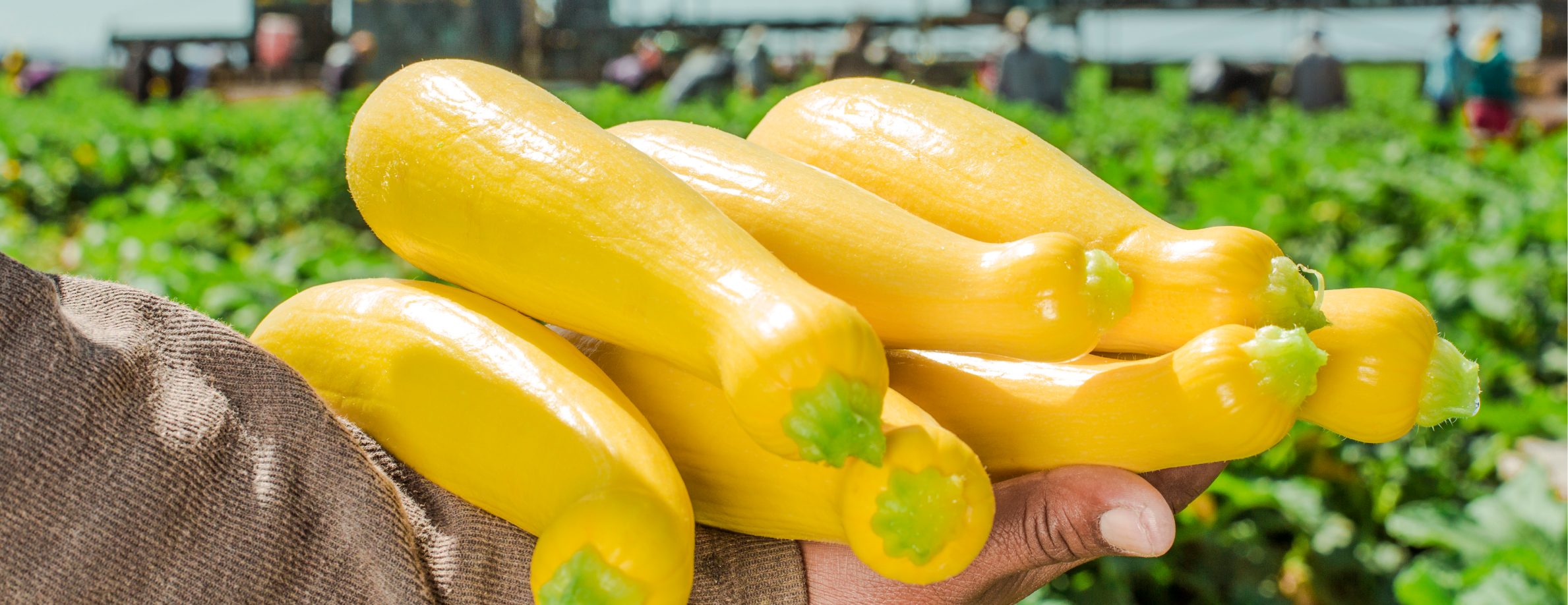

The perfect name for a veggie that can easily be consumed right after being cultivated.
The word squash comes from the semantic change of the word askutasquash, from the Narragansett Native American Tribe, which means “eaten raw or uncooked”.
Squash was discovered by Europeans in the late 16th century. However, squash was already widely cultivated and appreciated by native Americans. In those days, squashes were baked, cut, and drenched in animal fat, maple syrup, and honey.
It is believed that squash is one of the oldest crops on earth. Their domestication dates back around 8,000 years, 4,000 years before the domestication of corn, the most famous product from the Americas.
Over the past two centuries, the hybridization of squash has led to a plethora of squash varieties. While some were designed to enhance taste and storability, others were intended as decorative elements. Thanksgiving is often associated with these characteristics and interesting variations in shapes and hues.
In 1863, Abraham Lincoln declared Thanksgiving a national holiday, reaffirming our nation’s remembrance of this plant-based holiday.
To this day, squash continues to embellish our holiday decorations as a reminder of the first Thanksgiving in 1621.
Variety in color, texture, proportions, and flavor make squash a versatile vegetable that can be baked, pureed, charred, fried, and dried.
Because of its amazing qualities, squash remains a highly valuable resource. Squash is rich in vitamins A and C, niacin, riboflavin, and iron. There are many types of squash, all part of the genus Cucurbita (Family Cucurbitaceae).
Swift germination, early flowering, and quick growth; without mentioning the ease of storage of the produce and its seeds. Native Americans domesticated squashes due to these advantages over other produce.
- Cucurbita maxima A large fruit with hard seeds that mature in the fall and must be peeled. Round, thick stems, and with the advantage of storage for several months, Cucurbita maxima are considered winter squash (buttercup squash and giant pumpkins).
- Cucurbita moschata With round stems is also considered winter squash (butternuts, musky winter squash, and the cushaw).
- Cucurbita pepo Small and quick-growing, pentagonal prickly stems, with a soft and edible shell and seeds, maturing in the summer and edible bark (delicata, acorn, spaghetti, zucchini, yellow squash, ornamental gourds, and summer pumpkins are considered inside this category).
Fun Facts about squash
- Squashes, having the characteristics of the gourds family, most likely served as containers or utensils in the past because of their hard shells.
- For pie, Pilgrims used to hollow out a pumpkin, fill it with apples, sugar, spices, and milk, then re-stem it and bake it.
- One of the earliest known published recipes for pumpkin pies (pumpkin pudding) was in Amelia Simmons’s 1796 cookbook American Cookery, the first cookbook written by an American and published in the US.

